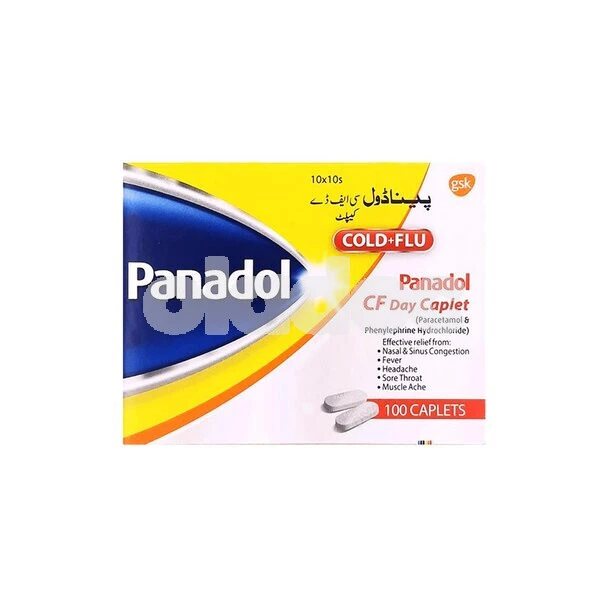Throughout pregnancy, your body changes like the phases of the moon, such as hypersensitive skin and the infamous ‘Pregnancy Glow’. However, your skin may also go through numerous other changes in the course of 9 months, the most common of which include:
1- Stretch Marks (Striae Gravidarum):
Most pregnant women might observe pinkish or reddish lines on their thighs, abdomen and/or breast during the second and third trimester. This is due to the extra baby weight causing the skin to stretch. While regularly applying vitamin E lotions and alpha hydroxy acids can help prevent these marks, they usually fade as soon as the skin goes back to normal post-delivery.
2- Mask of Pregnancy (Melasma or Chloasma):
Due to increased estrogen, testosterone and melanocyte-stimulating hormone (responsible for skin pigmentation) levels during the third trimester, dark spots may appear on the forehead, nose, and cheeks of some women. Similarly, the previously light colored line (Linea alba) between the navel and pubic bone may darken and become prominent (Linea nigra) in some women. While non-preventable, both conditions fade soon after pregnancy. Additionally, lightening products containing licorice, vitamin C, soy, retinol, or Kojic acid may be used to lighten melasma patches post-lactation.
3- Acne:
In addition to worsening breakouts in acne veterans, excess oil production may also stimulate acne in women with generally clear skin. However, since most anti-acne treatments may be hazardous, pregnant women are advised to use tea tree oil, or medications containing benzyl peroxide, lactic acid, or sulfur; in addition to following a regular skin cleansing routine.
4- Varicose and Spider Veins:
Where excess blood circulation in the upper body may cause the emergence of red outward branching blood vessels (spider veins) on the face, neck, upper chest, and arms, reduced blood supply to the legs can trigger the appearance of swollen, bluish and painful ‘Varicose’ veins in this area. To avoid or minimize such venations, take ample supplies of vitamin C, walk frequently, alternate between standing and sitting, and sit with your legs higher than your head daily for half an hour. Laser treatment and sclerotherapy can also help reduce persistent post-pregnancy spider and varicose veins respectively.
5- Dryness and Itchiness:
With belly growth comes skin stretching, persistent itching, and dryness. However, if the itchiness is accompanied by nausea, vomiting, fatigue, loss of appetite and/or jaundice, then it may signal ‘Cholestasis’, which can damage the baby’s liver; while intense itching over the belly, arms, and legs may indicate of ‘Pruritic Urticarial Papules and Plagues, or PUPP (small red bumps and hives, or insect bite-like bumps that evolve into large patches). Although PUPP fades soon after delivery and can be treated using anti-itch creams, oatmeal baths, and increased water consumption, cholestasis requires urgent medical care.
6- Skin Tags:
Small, bead-like pieces of skin may appear over high-friction areas such as arms, underarms, breasts and the neck in the second or third trimester due to accelerated skin growth as a result of increased estrogen and progesterone levels. And while most tags shrink following lactation (breastfeeding period), some remain and may have to be surgically removed by a dermatologist.
7- Moles:
In addition to larger pre-present moles and the appearance of new ones, some women may develop ‘pregnancy tumors’; dark, oozing, growths in the mouth or on hands that often disappear postpartum. Additionally, dark areas such as the groin and nipples may also become darker. Simply avoid excess sun exposure and use high-range sunscreen.
While usually benign, any suspicious growths, symptoms, or changes in skin pigmentation must be checked immediately, as pregnant women are more susceptible to skin cancer and other serious medical conditions. You can also book an appointment with a top Dermatologist in Lahore, Karachi and Islamabad through oladoc.com, or call our helpline at 042-3890-0939 for assistance to find the RIGHT Doctor for your dermal concerns.






